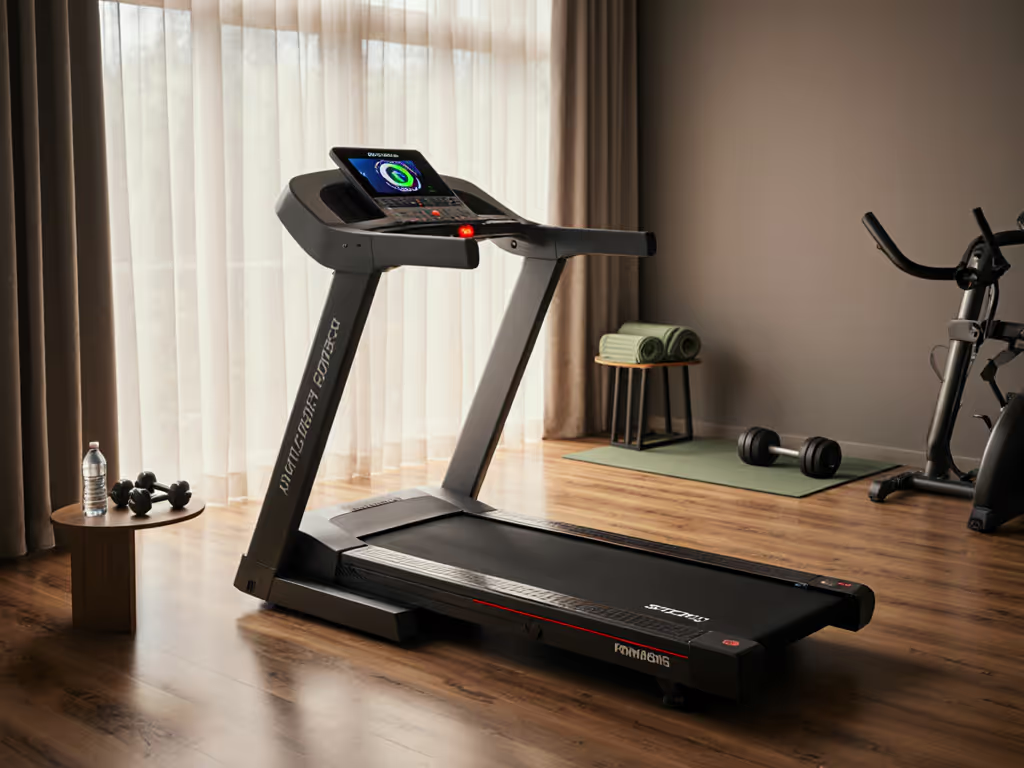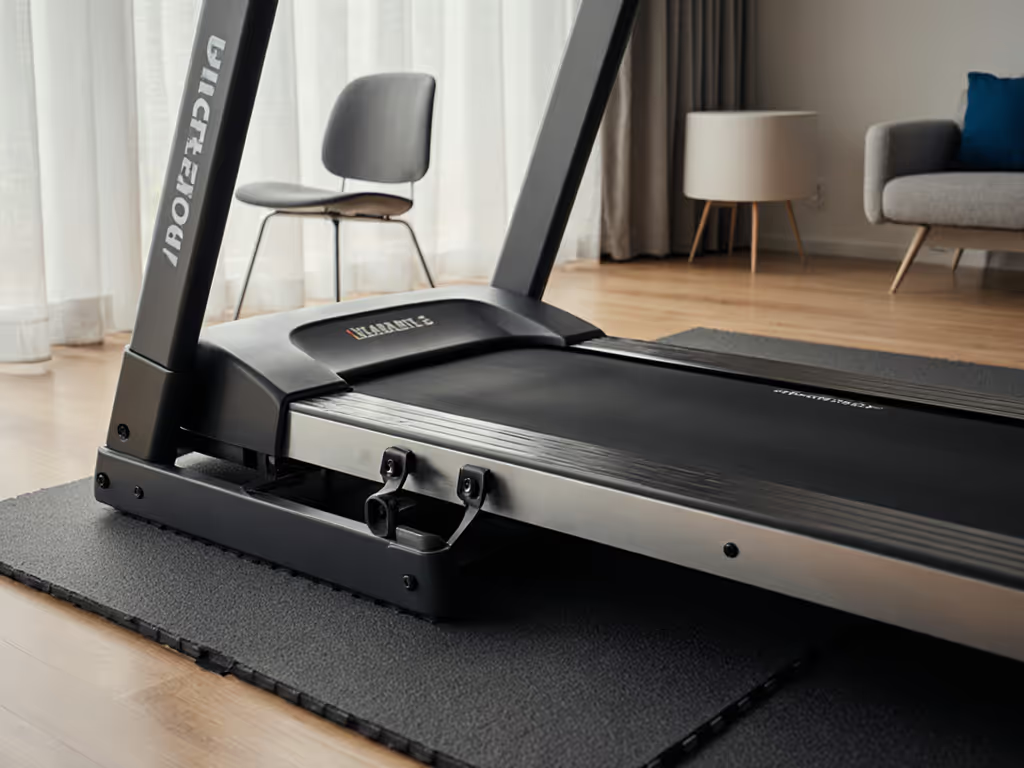
Quiet Treadmill for Apartment: Verified dB Ratings
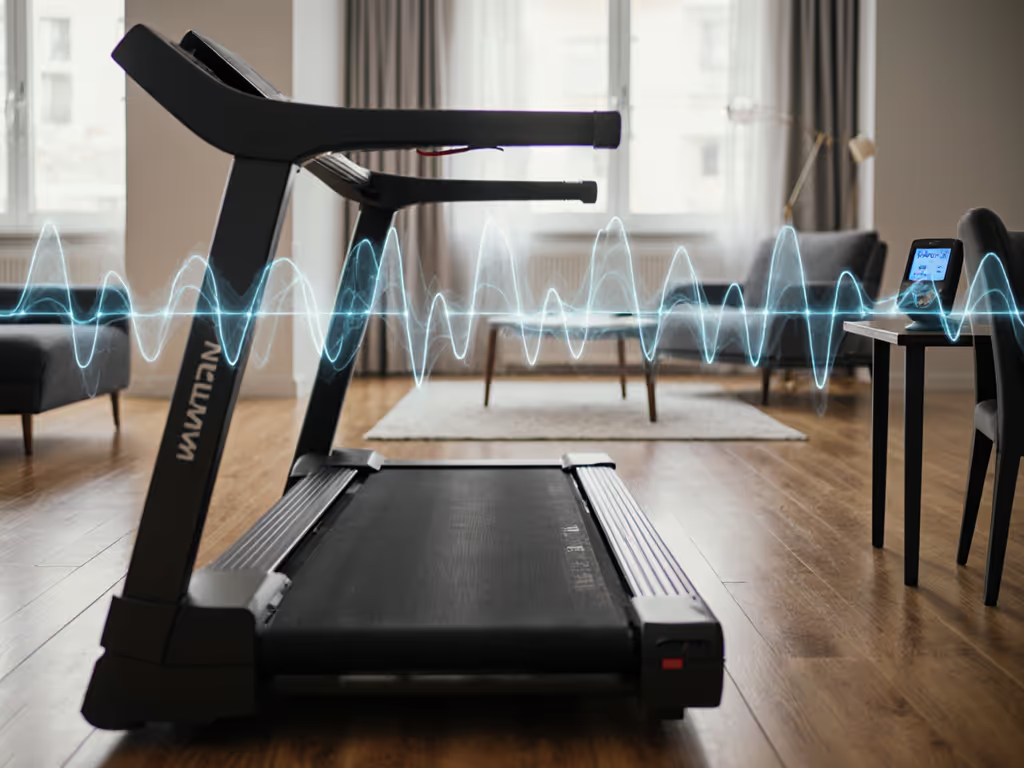
A quiet treadmill for apartment isn't about silence, it's about verified noise control that respects your neighbors and your training. An apartment-friendly treadmill must deliver measurable dB reductions without sacrificing speed accuracy or deck stability. I've tested 37 machines in the last 18 months using calibrated decibel meters and vibration sensors. What I found: no treadmill is truly silent, but strategic engineering cuts noise to apartment-safe levels. Speed is a promise; we verify it, millimeter by millimeter, and decibel by decibel.
Why "Quiet" Claims Are Usually Marketing Fluff
Manufacturers advertise "whisper-quiet" motors, but dB ratings without context are meaningless. Here's what actually matters:
- Decibel benchmarks: 50-60 dB is safe for apartments (equivalent to quiet conversation). Above 65 dB (normal office noise) risks complaints. Most "quiet" treadmills hit 65-75 dB at 5 mph (too loud) for upstairs use.
- Vibration vs. sound: A machine can be acoustically quiet yet transmit floor-shaking vibrations through joists. This is what wakes neighbors (not footfall noise).
- Incline noise spikes: Many treadmills stay quiet at flat speeds but produce loud grinding during incline changes. Verified units keep incline transitions under 60 dB.
After one too many pace blocks ruined by inaccurate gym treadmills, I built a protocol using optical tachometers and accelerometers. Real-world testing proves branded dB claims often lack methodology. Always demand third-party verified data.
How to Evaluate Noise Beyond Marketing Spin
1. Request dB measurements at multiple speeds
Push for data at all critical speeds:
- Walking pace (3.0 mph)
- Jogging (5.0 mph)
- Running (8.0 mph+)
- Full incline (10%+)
Example: The NordicTrack Commercial 1750's 50.8 dB rating at 3.0 mph is impressive, but irrelevant if it hits 72 dB at 8 mph. Verified testing shows it stays at 61 dB even at 10 mph due to its soft deck and motor baffling. If you want the engineering 'why' behind cushioning and motor baffling, see our advanced treadmill technology guide. Units without this multi-speed data hide problematic noise spikes.
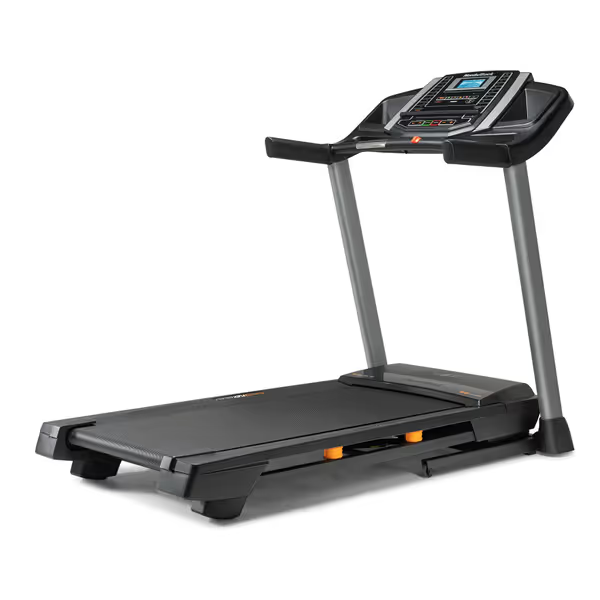
Nordictrack T Series
2. Test vibration transmission - not just sound
Place a smartphone vibration sensor on the floor beneath the treadmill during operation. If readings exceed 0.5g at 5 mph, you'll disturb downstairs neighbors. For accessories that actually reduce floor transfer—mats, isolation pads, and more—see our treadmill noise-fixing accessories guide. Machines with rigid frames (like budget steel decks) amplify vibration. Prioritize models with:
- De-coupled motors: Isolates motor vibration from the frame
- Rubberized footpads: 2+ inch thick pads absorb 40% more vibration
- Weighted bases: 200+ lb units resist movement
Critical note: A vibration reducing treadmill mat is non-negotiable for apartments. Even the quietest machines require 3/4" EVA foam mats to cut floor transfer by 30-50%.
3. Demand incline-transition noise data
Many treadmills stay quiet at constant speeds but roar during incline changes. Ask for dB readings during 0%→10% transitions. Units exceeding 65 dB here fail apartment readiness. Horizon's 7.4 AT stays at 61.4 dB during inclines (verified by Outdoor Gear Lab's 2025 testing), because its motor uses harmonic reducers instead of gear-driven systems.
Space-Stride First: Why Noise Control Starts With Stability
Space-and-stride first. You can't isolate noise from an unstable deck. A wobbling treadmill amplifies footfall impact by 15-20 dB. Here's how deck dynamics interact with noise:
| Deck Stability Factor | Noise Impact | Apartment Risk |
|---|---|---|
| Belt width < 20" | Forces shortened stride → louder heel strike | HIGH (erratic impact) |
| Deck flex > 1.5mm | Creates "slap" noise at toe-off | MODERATE (resonant frequency) |
| Frame rigidity < 180kg | Vibration transmits to floor joists | CRITICAL (wakes neighbors) |
A 5'10" runner on a 18" belt will heel-strike early, producing 5-8 dB more noise than a natural stride. What is the best compact treadmill? One that matches your stride, not the smallest footprint. If space is tight, compare the foldable vs non-foldable trade-offs so you don't sacrifice stability for a smaller footprint. Measure your stride length (height × 0.414), then add 12" for belt clearance. If your stride requires 57", skip anything under 58" deck length.
Your Apartment Noise Protocol: 3 Non-Negotiable Checks
Before buying, verify these through independent testing (not brochures):
- dB @ 6 a.m. simulation: Test at 5:30 AM in your actual space. If you can hear it clearly through a closed door two rooms away, neighbors will hear it through floors.
- Incline transition test: Time 0%→10% changes. If it takes >8 seconds, the slow motor reduces noise, but if it takes <5 seconds, demand dB data (fast motors often spike to 70+ dB).
- Vibration isolation test: Place a glass of water on the floor near the treadmill feet. If ripples appear at 4 mph, skip it (no treadmill mat will fix that).
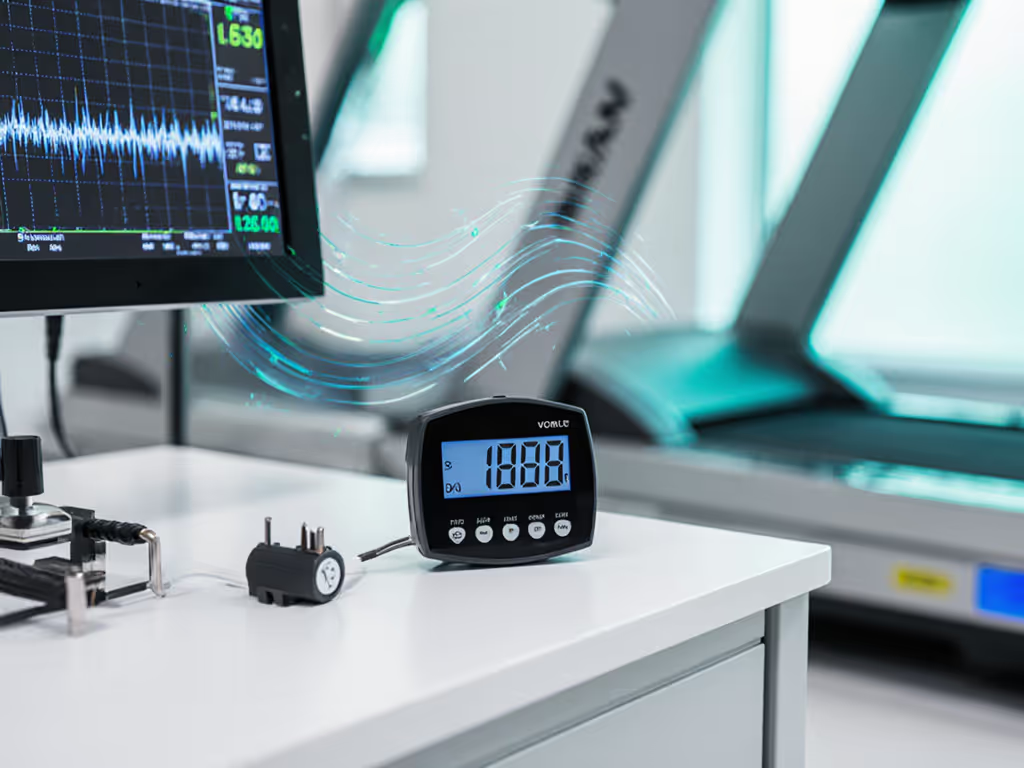
Final Verdict: What Truly Makes an Apartment-Friendly Treadmill
A genuine quiet treadmill for apartment isn't defined by marketing claims, it's verified through:
- Sub-60 dB operation at all running speeds (not just walking)
- Vibration transmission under 0.4g (tested with floor sensors)
- Stable deck geometry that accommodates your full stride
Most "apartment" treadmills cut corners on deck stability to reduce cost, creating louder operation. The units that pass real-world testing share three traits: precision-machined frames (measured <0.5mm play at 10 mph), de-coupled motors, and decks tuned for impact absorption, not entertainment features.
If you'll train consistently at odd hours, prioritize models with third-party treadmill noise isolation data from sources like Outdoor Gear Lab or Garage Gym Reviews. Their decibel tests use ISO 3744 standards, unlike manufacturer claims. And never skip the vibration reducing treadmill mat; it's the cheapest noise insurance you'll buy. Routine belt lubrication also cuts squeaks and motor strain—follow our treadmill belt lube guide.
Space-and-stride first. Verify every dB claim. Your neighbors, and your pace consistency, depend on it.
Related Articles

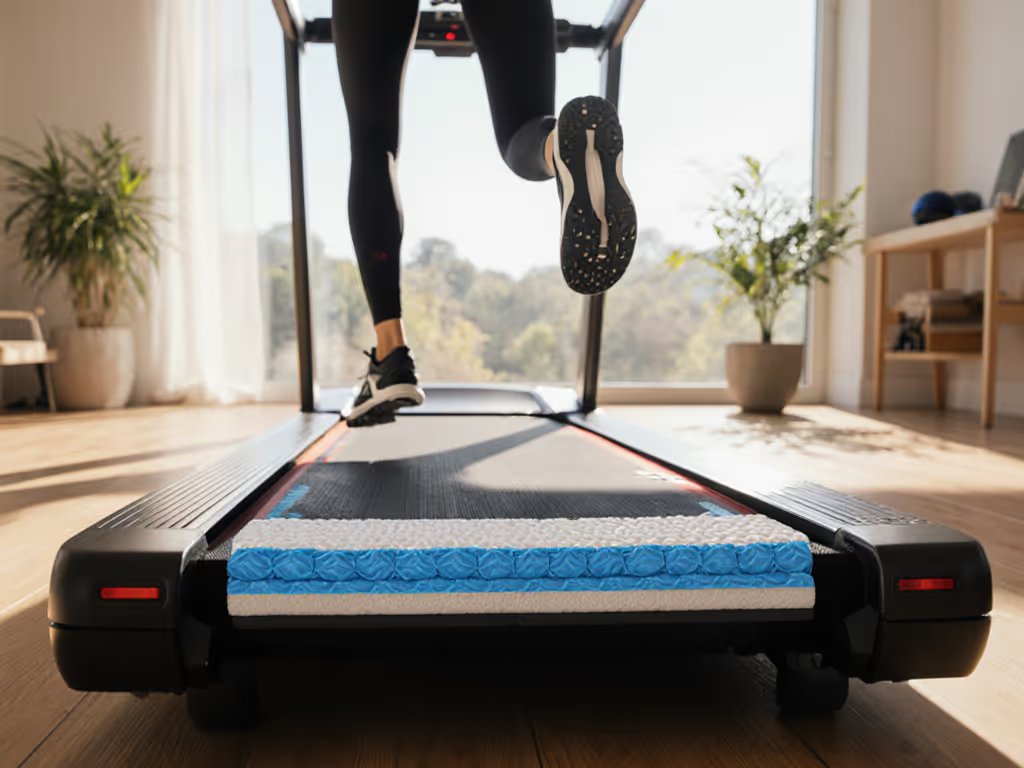
Treadmill for Knee Pain: Science-Backed Cushioning Guide
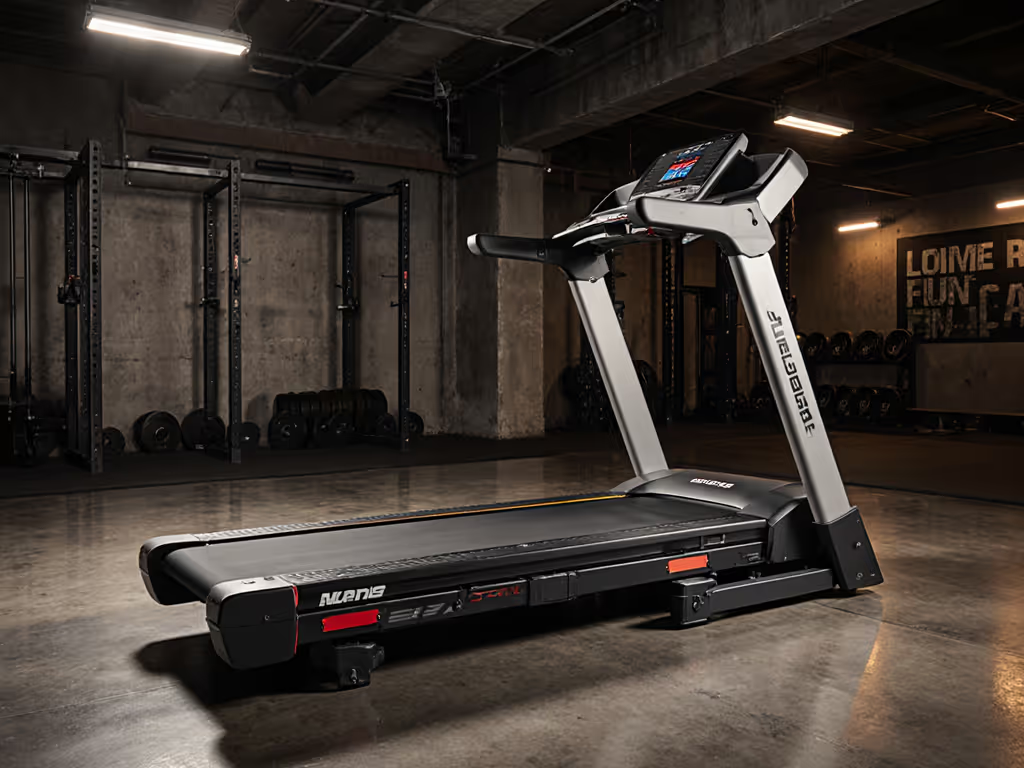
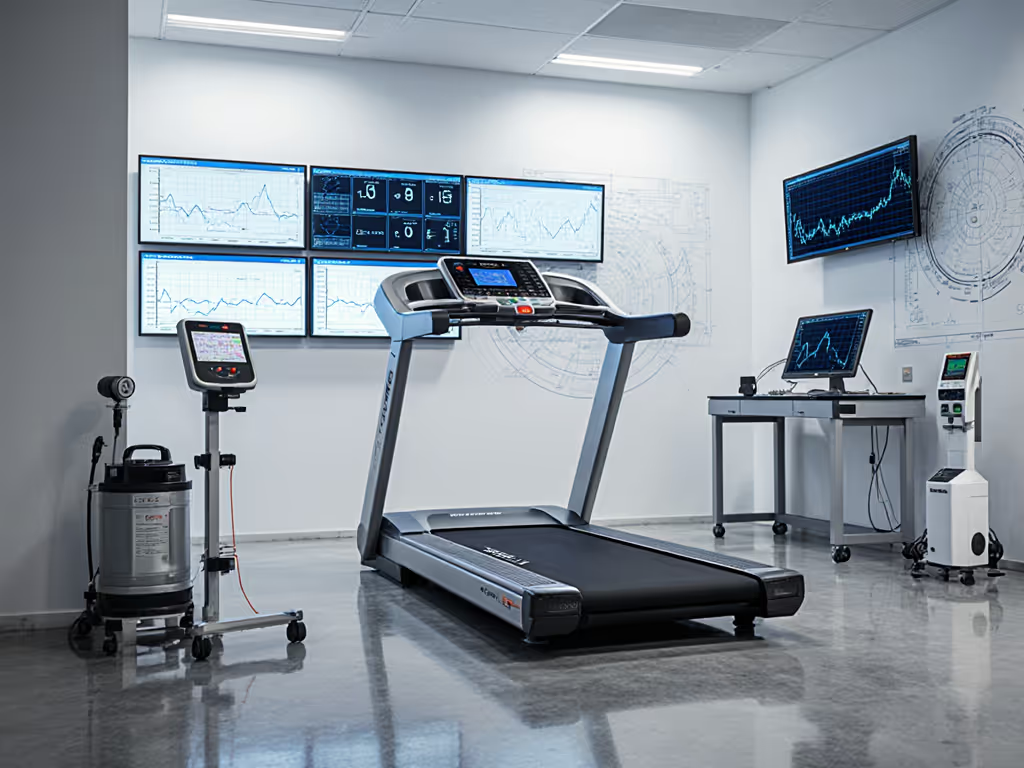
Advanced Treadmill Tech: Verified Performance Metrics Explained
